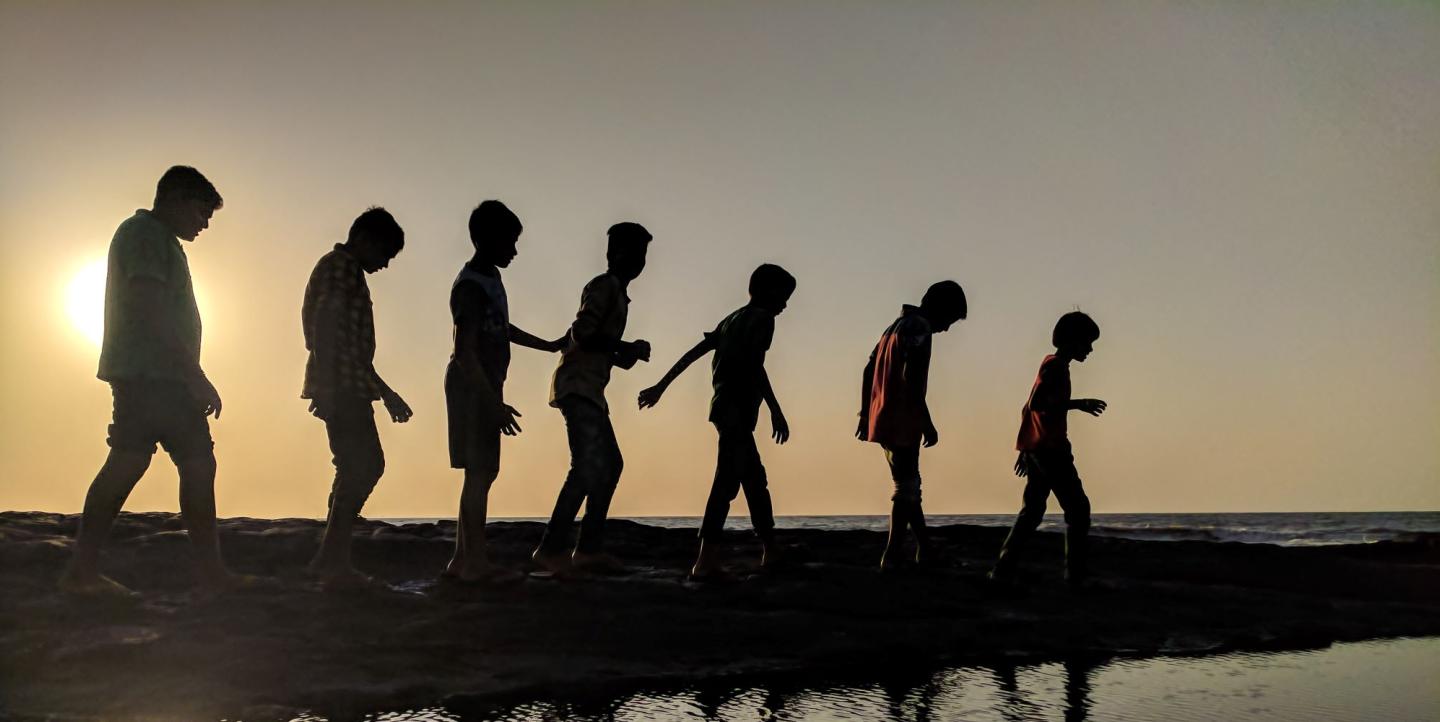The voices of children are largely absent from the media. They rarely feature as news sources, and as a result their individuality and humanity are often lost. Instead, media outlets often portray children negatively or stereotypically, for instance as teenagers behaving irresponsibly, children mired in poverty, and as victims of war and disaster.
Recognizing the need for guidance available to journalists reporting on children, UNICEF and the Malawi Institute of Journalism (MIJ) launched the Child Rights Reporting (CRR) guidelines in November 2022.
“The broader issues of children's rights, such as the right to play, recreation and sport, are often not regarded as newsworthy. The result is an unbalanced impression of children as victims or troublemakers,” reads the Guide. “These guidelines have been developed as a response to the sad facts about how the media reports [on] issues concerning children, as one way of protecting them and enhancing their voices in decision making.”
Developed in consultation with a team of journalists, academics, children and human rights experts, the guidelines offer advice for how to report on children’s issues without violating their rights. They also provide general principles for covering younger communities, and what to keep in mind when interviewing a child who has experienced or witnessed violence, among other tips.
Filling a knowledge gap
Before the CRR guidelines were launched, UNICEF and MIJ trained reporters on the content that would be included in the resource. The training revealed a fundamental gap in journalists’ knowledge of child rights.
“We [noticed] that there is a lack of a benchmark or standard which they could use as reference when reporting about children,” said Mercy Manja, MIJ’s acting executive director. “We believe these guidelines will act as ethical minimum standards when reporting about the rights of children.”
A resource like the CRR guidelines has long been needed, said Malawian reporter Feston Malekezo: “We needed [the guidelines] before, because stories [that deal] with children are delicate. This document is a tool that will guide and help shape our print, electronic and online media when working on children’s stories.”
The guidelines offer advice for how to ethically receive consent to interview children in their stories, while also facilitating the process.
“Children have been highly protected so much that in most [of their] stories their parents/guardians have been used as sources. Stories have remained untold or diluted especially when they are about child abuse perpetrated by close relatives,” said Malekezo.
Monitoring and training
The Media Council of Malawi (MCM) is one of the many organizations that has begun monitoring media coverage of children’s issues in the country in order to analyze their compliance with the CRR guidelines.
“While significant progress [has been] achieved in the ethical reporting on children, most of the media reports exist only in the context of news reports and are limited mainly to brief information,” said Moses Kaufa, MCM’s executive director. “There is a lack of in-depth analysis of the issues that are of particular importance for improving the situation of children.”
In partnership with MIJ, MCM plans to train 80 journalists in the coming months on child rights reporting using the CRR guidelines. The training will analyze trends and developments in coverage of children’s issues and hold discussions on important issues that arise in this reporting. It will also help journalists better carry out their reporting on the topic, and identify false information around related issues.
“I’m happy that the guidelines have finally been launched.” said Rudolf Schwenik, UNICEF’s Malawi representative, when the CRR guidelines were introduced. “Journalists have to highlight issues that affect children in a very responsible manner and ensure that children are given a voice.”
To date, over 200 media practitioners and journalism students have been trained on ethical child rights reporting, and over 100 hard copies of the CRR guidelines have been distributed to media houses and individual journalists in Malawi.
The expectation is that practicing journalists, media houses and media trainers will integrate the resource into their editorial policies and training curricula, said Murray Siyasiya, projects coordinator for the MIJ/UNICEF Project: “This way, maximum improvement in child rights reporting in Malawi can be guaranteed.”
Photo by Guduru Ajay bhargav via Pexels.


